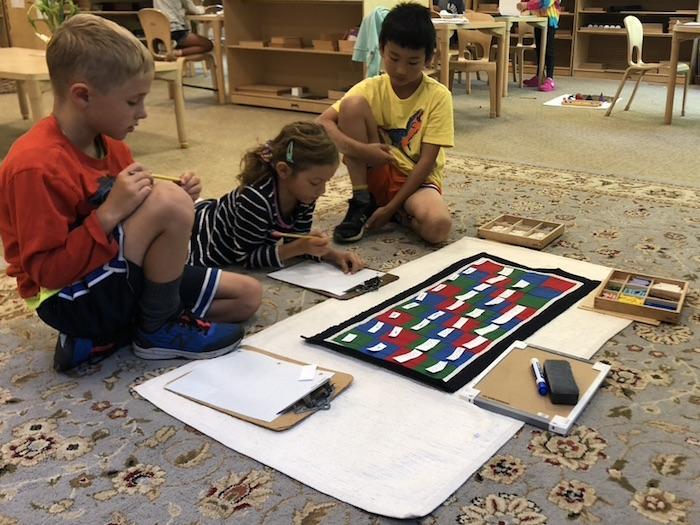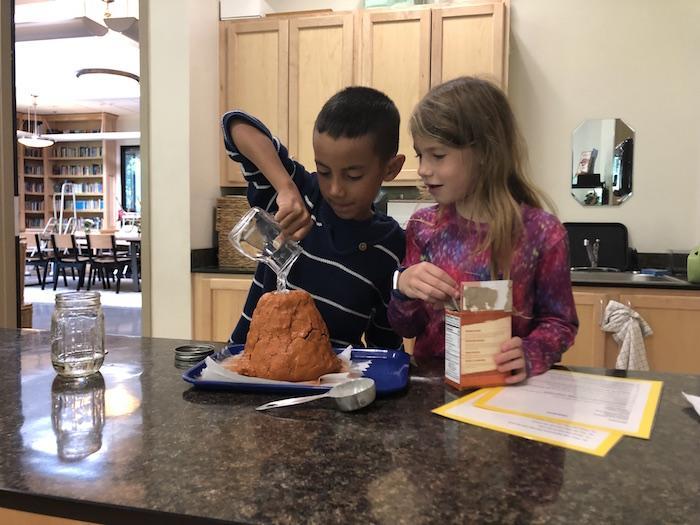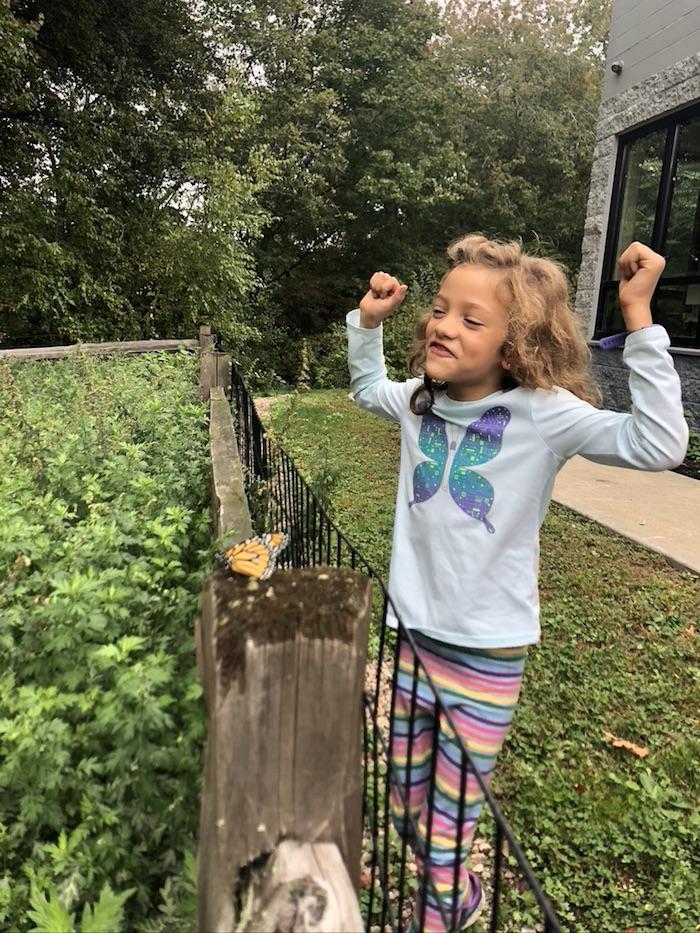Narragansett Bay Study
The third year students have the opportunity to participate in a yearlong study of the Narragansett Bay and its importance to Rhode Island. We begin the year with an introduction to the geography, physical characteristics, and inhabitants of Narragansett Bay. The children familiarize themselves with a 4’x10’ nautical chart of the bay. They chart their imaginary boats across the bay, measuring in nautical miles, paying close attention to the depths and channels in the bay. They learn about salinity and density and prepare the saltwater tank. We set an eel trap in various coastal locations and bring a seine net to Fort Wetherill, Jamestown, to collect fish and invertebrates for our tank. Save the Bay teachers visit and we learn about the health of Narragansett Bay and study plankton from the bay under the microscope.
We finish the fall with a look at the composition of the sand on our beaches. We compare the sand from a local beach with collections of sand from beaches around the world. The children use magnets to collect iron in the sand.
Serving Our Fundamental Needs
After winter break, we move our study back in history to the lives of the indigenous people of Narragansett and Rhode Island. Through the lens of the fundamental needs of humans, we study the lives of the native people in this area. We visit the Mashantucket Pequot Museum, which is a great way for the children to get a true sense of the Native American landscape. They have life-sized exhibits where the children walk among native people, wetus, and exhibits of hunting expeditions. The students each build a replica of a wetu, or wigwam, in the classroom and build a shelter in the woods here at school.
A Closer Look Locally
Our focus then moves to agriculture along the bay in Southern Rhode Island. We visit Windmist Farm, a small family farm in Jamestown and learn how they have adapted farming to living in this particular area. The last area of study is a return to the ocean and a look at aquaculture in the area. We end the year with a trip to the Matunuck Oyster Farm. After a presentation from Perry Rasso, the owner, and a boat ride to view his oyster beds, we have lunch and celebrate the bounty of the Narragansett Bay and our year-long study together.


















